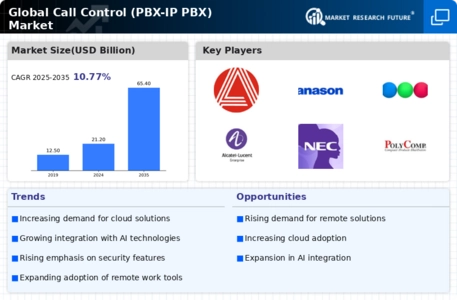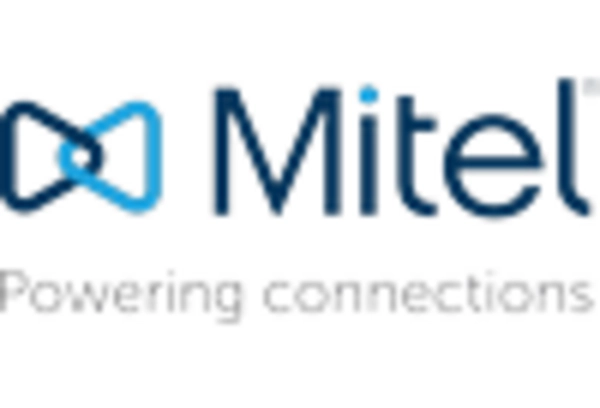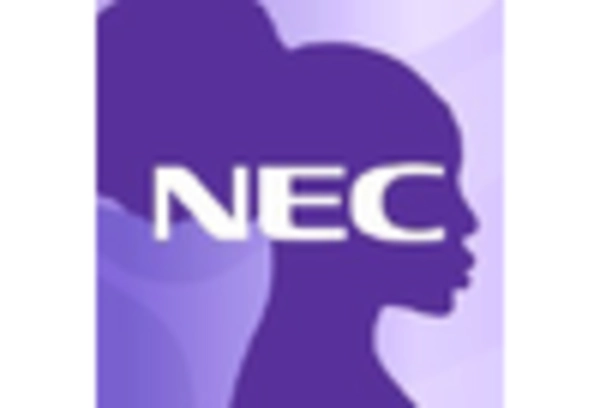Market Analysis
In-depth Analysis of Call Control Market Industry Landscape
The Call Control market, encompassing Private Branch Exchange (PBX) and Internet Protocol PBX (IP PBX) systems, is undergoing significant shifts in its dynamics driven by various factors shaping the telecommunications landscape. One primary driver influencing this market is the ongoing transition from traditional PBX systems to more advanced IP PBX solutions. As businesses increasingly embrace digital transformation, the demand for IP-based communication systems rises due to their enhanced scalability, flexibility, and cost-effectiveness.
The market dynamics are further propelled by the rising trend of remote work and the adoption of Unified Communications (UC) solutions. With the global workforce becoming more dispersed, there is a growing need for communication platforms that seamlessly integrate voice, video, and messaging services. IP PBX systems, being inherently adaptable to diverse communication channels, are well-positioned to meet these evolving requirements, contributing to the market's growth.
The integration of advanced technologies, such as Voice over Internet Protocol (VoIP) and cloud-based solutions, also plays a crucial role in shaping the call control market dynamics. VoIP technology allows for the transmission of voice data over the internet, eliminating the need for traditional phone lines and reducing communication costs. Cloud-based PBX and IP PBX systems, on the other hand, provide businesses with the flexibility to scale their communication infrastructure without significant upfront investments in hardware, contributing to the dynamic shift towards more agile and cost-efficient solutions.
Security concerns and the need for compliance with data protection regulations add another layer to the market dynamics of call control systems. As businesses handle sensitive information over their communication channels, there is an increasing focus on implementing secure and compliant call control solutions. This has led to the development of advanced security features within PBX and IP PBX systems, addressing concerns related to unauthorized access and data breaches.
Market dynamics are also influenced by the evolving preferences of businesses for OpEx (Operational Expenditure) models over CapEx (Capital Expenditure). Cloud-based IP PBX solutions align with this preference, allowing businesses to pay for the services they use, rather than investing in and maintaining complex on-premises infrastructure. This shift in financial models contributes to the overall flexibility and cost-effectiveness of call control systems.
The competitive dynamics of the call control market are shaped by the presence of both established players and new entrants offering innovative solutions. Market players engage in strategic partnerships, acquisitions, and product developments to stay competitive and cater to the changing needs of businesses. The ongoing advancements in Artificial Intelligence (AI) and Machine Learning (ML) are also influencing the market dynamics, as these technologies are integrated into call control systems to enhance features such as automated call routing and sentiment analysis.
Additionally, regional dynamics play a role in shaping the call control market, with variations in regulatory frameworks and technological infrastructure influencing adoption rates. Countries with robust internet connectivity and supportive regulatory environments often experience faster adoption of IP PBX systems.









Leave a Comment